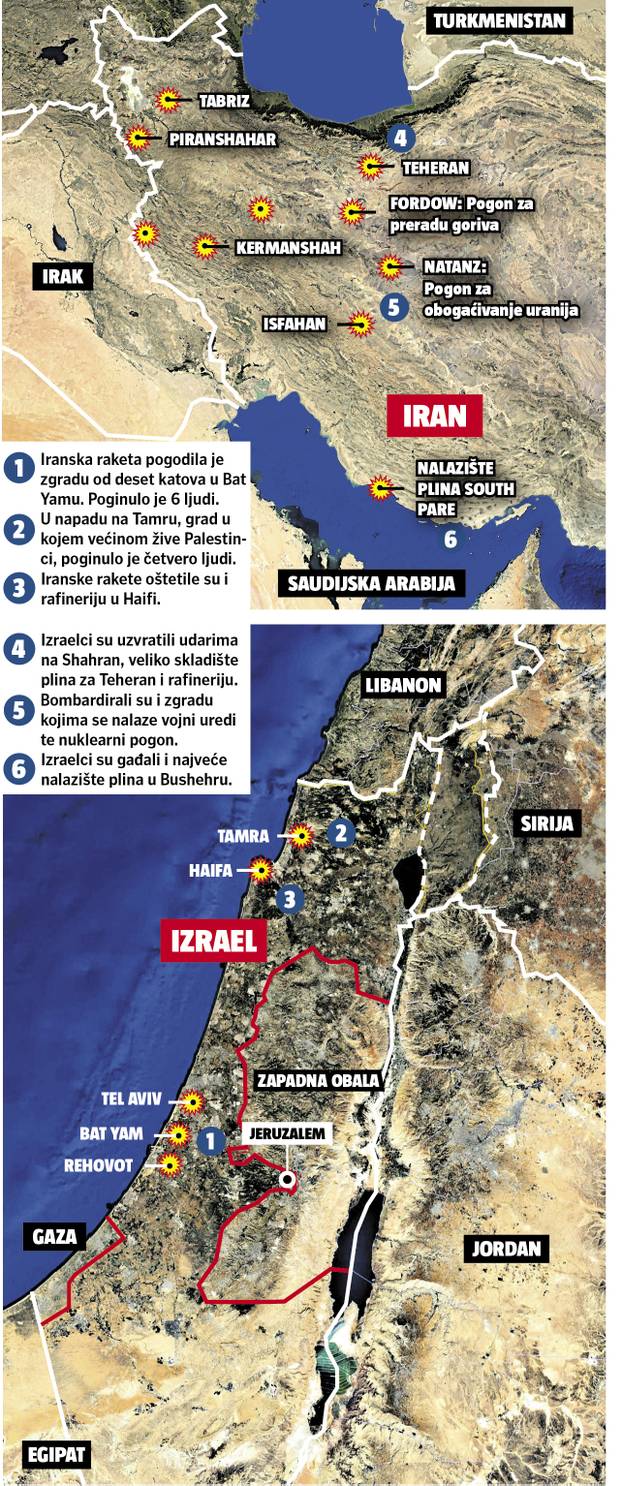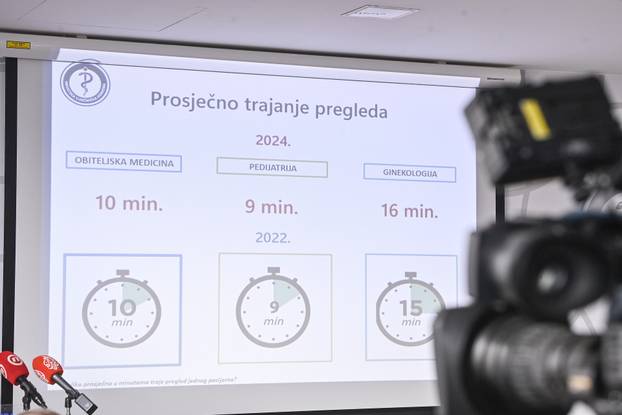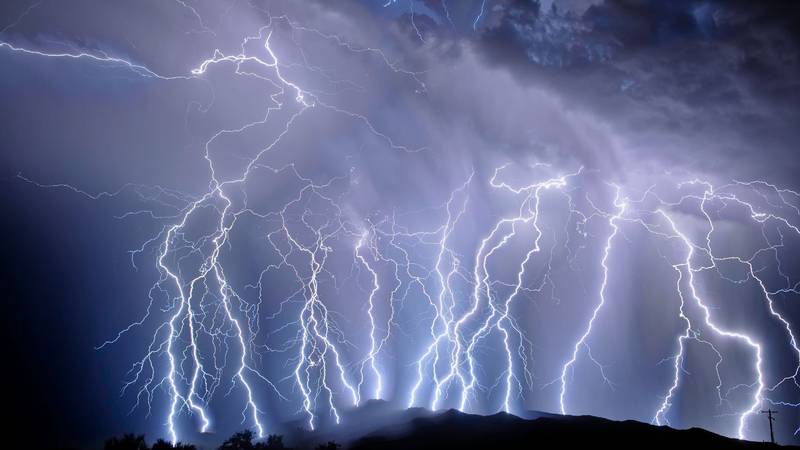The Israeli defense is resistant, but not perfect: ‘We thought our dome was impenetrable …’

The rescue teams were clearing the ruins all day and removed the fragments of the building from the building 20 floors In a fifth flask hit with an Iranian missile during the night, which made a large hole in it and killed at least four people.
The two victims were at the shelter at the time of the attack, and according to a preliminary investigation, the missile hit a wall between two shelters that could not withstand a direct impact. The third victim was upstairs above the shelter.
Many Israelites thought that Iron dome It’s not piercing, but that has changed. Israeli authorities say that the multi -layered anti -aircraft system is still resistant, but that it is not perfect. The Iron Dome (Hrv Iron Dome) is often described as « the greatest technological innovation in Israel’s history ». Since 2011, since it is operationally used, it has made a significant contribution to many of the war clashes of Israel.
Is a product of Israeli companies Rafael and Israel Aerospace Industries (IAI). So far, he has proven to be extremely effective against the small and medium range missiles and the artillery and mortar shells. According to the available data, Israeli defense forces have ten operating battles of the Iron Dome system. The plan is to increase this number, but it has not yet been confirmed.
Battress consists of radar To detect and monitor the goals, the Battle Management & Weapon Control – BMWC and launcher. Radar is the product of the Israeli company Elta, the El/M-2084 model, a contemporary radar with an active phase grid (Aesa).
Within the Iron Dome Radar system, it is used for early detection of rockets, artillery and mortar shells, monitoring their trajectory and stating the interceptors for goals. The reach of detection of the goals is around 70 kilometers. The data from the radar are transferred to the Command Center, where they are processed in real time and the paths of the discovered goals are evaluated. If BMWC calculates that missiles will not fall into a populated area or important objects, the system will not act.
The Command Center can monitor up to four mobile launch, and each launcher carries up to 20 guided missiles Tamir, which means that each battleship has up to 80 missiles ready for use. The danger increases significantly if Iran, Hezbollah or other groups dropped thousands of missiles in the short term because the system will not have enough time to recharge the launch and intercept the new Salvi.





:format(webp)/s3/static.nrc.nl/wp-content/uploads/2025/06/14150800/data133577503-6b2373.jpg)


